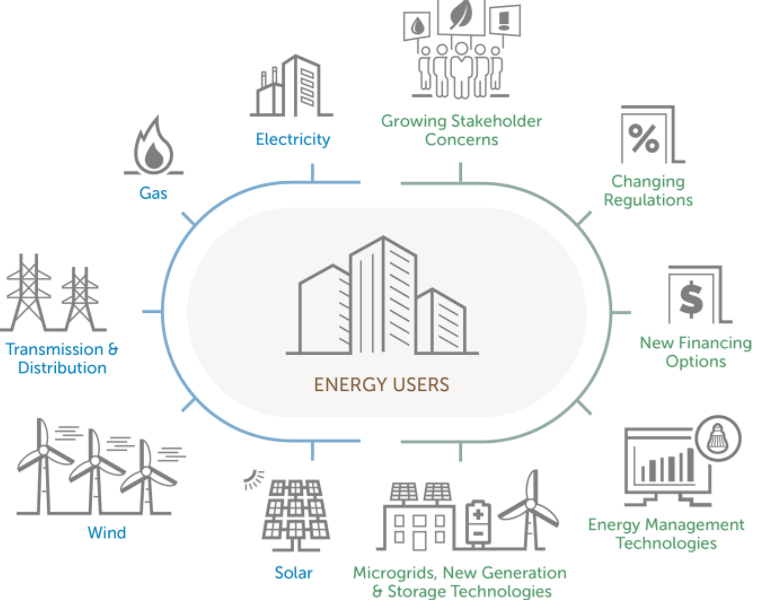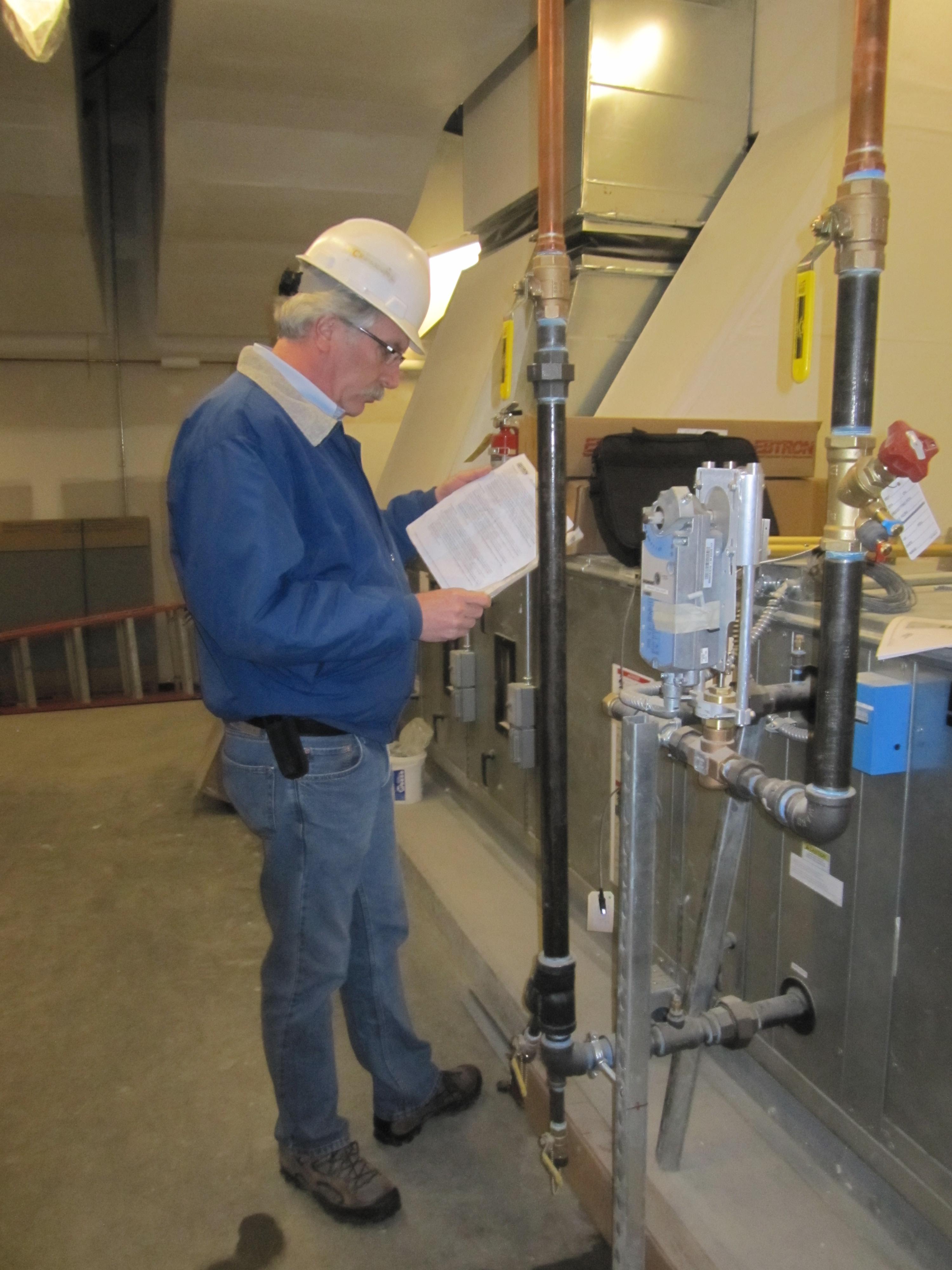I appreciate NASA’s Global Climate Change website as a resource for scientific evidence of the existence of human-made climate change (https://climate.nasa.gov/evidence/). The facts are simple, such as the rate of global sea level rise during the last two decades being nearly double that of the last century. Of course, the most telling fact is that the planet's average surface temperature has risen about 2.0 degrees Fahrenheit (1.1 degrees Celsius) since the beginning of global temperature record keeping (around 1890). Most of the warming occurred in the past 35 years, with 16 of the 17 warmest years on record occurring since 2001. Essentially every year is warmer than the year before and is the warmest year on record. That is, until the next year.
Avoiding a Tipping Point
If you’re wondering why 2 degrees is a problem, read my previous blog post, “Implications of the Average Global Temperature Rising Two Degrees”. While admittedly, there is no magic line in the sand to demarcate a warmer world to which we can adapt and one to which we can’t, many scientists and policy makers have agreed to create that line at the atmospheric concentration of CO2 at 350 parts per million (PPM). A concentration of 350 PPM would result in an increase of global temperatures of less than 2 degrees Celsius, once all the “warming in the pipeline” has issued forth during the next couple of decades.
.jpg?width=446&name=Heavy_night_industrial_light_pollution%20(1).jpg) Photo Attribution: By Gavin Schaefer (Uxud) (Own work)
Photo Attribution: By Gavin Schaefer (Uxud) (Own work)
The limit of 350 PPM primarily comes from a well-known paper by Hansen et al. (2008). This paper builds a case that 350 is a reasonable number with which to avoid the worst consequences of climate change. In more detail, the theory is that it would avoid tipping points, where a global climate forcing (i.e., greenhouse gas emissions) gives rise to a sudden consequence (e.g., the loss of a vital ecosystem), and it would avoid points of no return, where a climate consequence is inevitable, even if climate forcings are reduced. This number has been widely quoted; it served as the basis for the Paris Accord and gave rise to popular movements, most notably 350.org.
Examining where are we today can leave one feeling defeated. In 2016, we passed 400 PPM (http://e360.yale.edu/features/how-the-world-passed-a-carbon-threshold-400ppm-and-why-it-matters). Just last week, Donald Trump pulled the United States out of the Paris Accord, the most recent attempt made by world nations to cooperatively (albeit voluntarily) reduce carbon emissions. Temperatures continue to rise and ecosystems continue to deteriorate. The term “climate refugee” is starting to gain traction in the media.
The Time for Debate Has Passed – It’s Time for Action
One way to avoid defeat is to focus our attention on responsiveness to the phenomena rather than simply documenting or correlating the phenomena. While scientists will continue to gather evidence and build more informed models with which to forecast possible future scenarios, the debate about the veracity of climate change or the role played by anthropogenic greenhouse gases, at least in the scientific community, is long past. Any debate ought to be about how best to mitigate and adapt.

Where to begin? First, I think it’s important to avoid the popular distinction between mitigation and adaptation, as it may not be helpful. Adaptation is typically defined as changing human behavior, infrastructure, and culture in response to a phenomenon, while mitigation is removing the cause of the phenomenon, in this case, CO2 emissions. One suggests we’re going to try to slow climate change. The other implies that we’re going to get used to it and figure out how to work with it. However, considering the uncertainties inherent in relying on pure adaptation, our approach cannot be an either/or. Rather, consider mitigation an essential piece of adaptation. If we learn how to comfortably rely on cleaner sources of energy, we are effectively adapting. If we erect laws that mandate the decommissioning of coal-fired power plants, we are effectively adapting.
Stabilization Wedges
The Stabilization Wedge Game is a framework that has helped me envision a way forward. It was developed as a teaching tool by the Carbon Mitigation Initiative at the Princeton Environmental Institute (https://cmi.princeton.edu/wedges/pdfs/teachers_guide.pdf). “Stabilization wedges” are sectors of the economy where a change in institutions or technologies can result in reductions in carbon emissions. The framework challenges the notion that only revolutionary new technologies, like nuclear fusion, could enable the large emissions cuts required by the ambitious goal of 350 PPM. Rather, a portfolio of existing technologies deployed on a massive scale can bring about the necessary cuts.
 Figure 1: The Stabilization Triangle (source: http://cmi.princeton.edu/wedges/intro.php)
Figure 1: The Stabilization Triangle (source: http://cmi.princeton.edu/wedges/intro.php)
The exercise is to use practical strategies already available in today’s market that could be scaled up over the next 50 years to reduce global carbon emissions. Each wedge would reduce global emissions by 1 billion tons per year, and when added together, can bring the current projected scenario where carbon emissions double over the next 50 years to a flat growth scenario (see Figure 1).
The wedges are grouped into four major color-coded categories (Figure 2). Each wedge can be applied to one or more of four sectors of the economy: electricity production, heating and direct fuel use, transportation, and biostorage.

Figure 2: Stabilizations Wedges (source: https://cmi.princeton.edu/wedges/pdfs/teachers_guide.pdf)
Controversy exists about the potential risks of some of the wedges, and due to the age of the supporting research, there may be more innovative wedges not represented here. However, the concept is sound, and there are enough wedges to demonstrate that we had the tools to begin to solve the problem 20 years ago. What I find interesting is how many of the wedges apply to the work we here at Cx Associates engaged in. By my account, at least three of the wedges are involved in pursuing more efficient, less impactful buildings. Given that some research has suggested that buildings contribute over 40% of carbon emissions (http://newbuildings.org/sum-parts-honoring-paris-agreement/), better building performance is clearly an integral part of adapting to climate change.
References:
Hansen, J., M. Sato, P. Kharecha, D. Beerling, R. Berner, V. Masson-Delmotte, M. Pagani, M. Raymo, D. L. Royer, and J. C. Zachos. 2008. Target atmospheric CO2: where should humanity aim? Open Atmospheric Science Journal 2:217–231. doi:10.2174/1874282300802010217.


